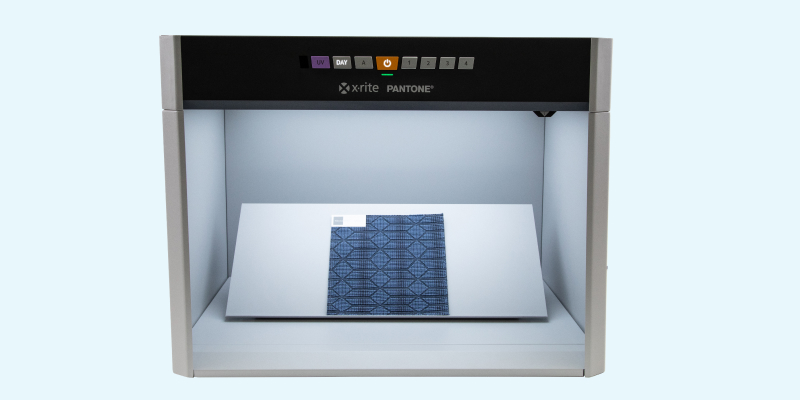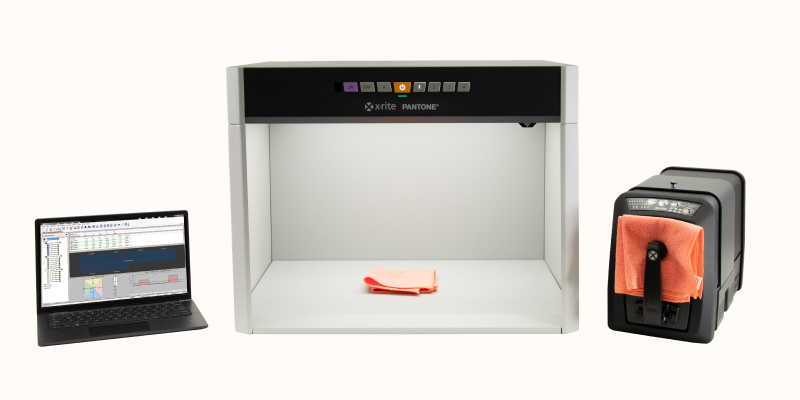
Why Traditional QC Processes No Longer Cut It for Global Brands
In the world of textile manufacturing, quality control (QC) is more than a checkpoint—it’s a brand promise. For suppliers working with global leaders like adidas and H&M, the stakes are high. Any inconsistency in color or finish can lead to costly rework, rejected shipments, or worse—lost business from the brand.
If your QC process still relies on visual assessments, manual logs, or physical standards, you may be bleeding time, money, and opportunity. Here are five warning signs that your current QC process is doing more harm than good.
1. High Defect Rates Are the Norm
Defects are inevitable—but how many are too many? If your defect rate is creeping above industry benchmarks, it’s a red flag. Whether it’s color mismatches, uneven dyeing, or poor fastness, each defect represents wasted materials, labor, and time.
Example: A supplier dying 10,000 batches per week with a 5% defect rate is scrapping 500 batches weekly. That’s not just expensive waste—it’s lost revenue and brand confidence.
2. First-Pass Yield (FPY) Is Low
First-pass yield (FPY) measures how many batches pass inspection the first time, without rework. A low FPY means your team is spending too much time fixing preventable issues, which is slowing down production and increasing costs.
Why it matters:
- Rework ties up machines and labor
- Delays impact delivery timelines
- Brands may lose confidence in your reliability
Digital QC tools like X-Rite's Color iQC quality control software paired with a Ci7830 benchtop spectrophotometer can dramatically improve FPY by enabling objective, repeatable assessments that reduce human error and speed up approvals.

3. Customer Complaints and Returns Are Increasing
When quality issues reach the customer, the damage is already done. Complaints about color inconsistencies, fading, or poor durability can lead to returns, chargebacks, and strained relationships with brand partners.
Common complaints:
- “The color doesn’t match the approved sample.”
- “The garment faded after one wash.”
- “There’s too much variation between batches.”
These issues are often symptoms of a QC process that lacks standardization and traceability and proper testing like color fastness.
4. Inspections Are Manual and Inconsistent
If your QC team is still relying on visual color checks under inconsistent lighting or using paper-based logs, you’re at risk. Manual inspections are slow, subjective, and difficult to scale—especially across global production sites.
Ask yourself:
- How long does it take to approve a batch?
- Are inspectors aligned on what “acceptable” looks like?
- Can you trace QC decisions back to data?
Digital QC systems featuring benchtop spectrophotometers like the Ci7830 and quality control software offer real-time batch monitoring, audit trails, and standardized workflows that reduce downtime and improve throughput.
Additionally, all products should be visually evaluated under controlled lighting like the X-Rite Judge LED light booth, which is specified by global brands like adidas, H&M, Walmart, ASDA, Ikea, and more. The Judge LED offers fast and consistent color evaluation under different lighting conditions to ensure your color is consistent in various lighting. If you would like to learn more about proper visual color evaluation, read this whitepaper.

5. You’re Not Fully Compliant with Brand Standards
Global brands have strict SOPs and compliance requirements. Falling short—even unintentionally—can lead to failed audits, lost contracts, and reputational damage.
Compliance gaps often include:
- Incomplete documentation
- Inconsistent test methods
- Lack of traceability
Our Judge LED light booth and Digital Quality Control platforms ensure compliance through visual assessment, automated documentation, standardized test protocols, and instant access to historical data.

The Bottom Line
If any of these signs sound familiar, it’s time to rethink your quality control process. Upgrading to a digital, data-driven quality control system isn’t just about catching defects—it’s about preventing them, improving efficiency, and building trust with your brand partners.
✅ Reduce waste
✅ Improve first-pass yield
✅ Accelerate approvals
✅ Stay audit-ready
✅ Protect your brand relationships
To learn more, get in touch with our Color Experts.
